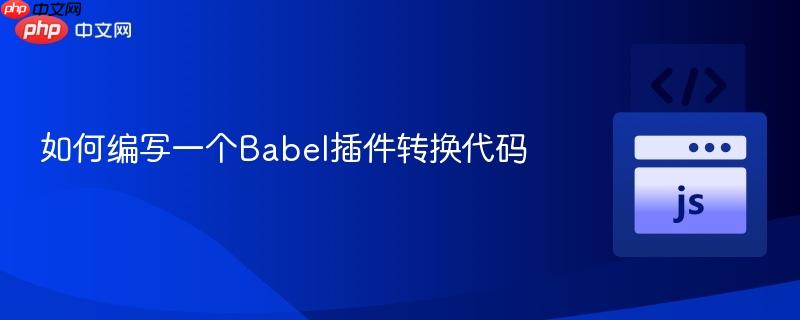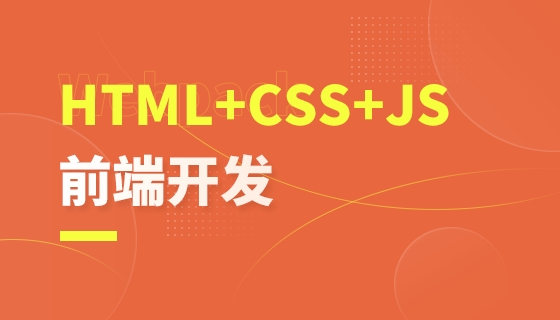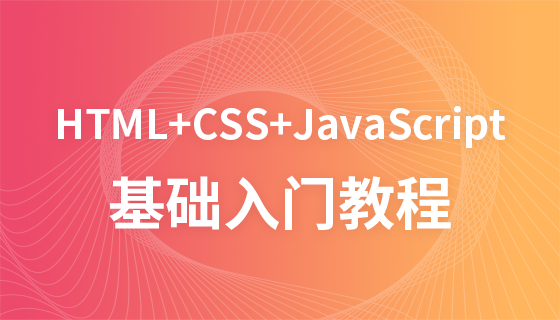答案:编写Babel插件需理解AST结构,创建含visitor对象的函数,通过遍历特定节点如FunctionDeclaration,利用path和types API将函数声明替换为箭头函数形式,并通过@babel/core测试转换结果。

编写一个 Babel 插件来转换代码,本质上是操作抽象语法树(AST)。Babel 将源代码解析成 AST,插件通过访问和修改这棵树的节点,实现代码的转换。整个过程分为几个关键步骤:理解 AST 结构、创建插件骨架、定义需要处理的节点类型、进行节点替换或修改,最后测试插件。
Babel 插件是一个函数,返回一个包含 visitor 对象的对象。visitor 定义了你希望在遍历 AST 时处理哪些节点类型,比如 FunctionDeclaration、Identifier 等。
基本结构如下:
module.exports = function (babel) {
return {
visitor: {
// 节点类型在这里定义
}
};
};
其中 babel 参数提供了必要的 API,如 types(用于创建或判断 AST 节点)、template(用于生成代码片段)等。
你需要知道想转换什么样的代码模式。例如,你想把所有函数声明 function hello() {} 转换成箭头函数形式。
可以使用 AST Explorer 工具粘贴代码,查看其 AST 结构。你会看到 function hello() {} 对应的是 FunctionDeclaration 节点。
在 visitor 中添加对该节点的处理:
visitor: {
FunctionDeclaration(path, state) {
// 在这里修改节点
}
}
在 visitor 方法中,path 是对当前节点及其父节点、兄弟节点的引用,提供操作接口,如替换、删除、插入等。
继续上面的例子,将函数声明转为变量声明 + 箭头函数:
const { types: t } = babel;
FunctionDeclaration(path) {
const { node } = path;
const { id, params, body } = node;
// 创建箭头函数表达式
const arrowFunc = t.arrowFunctionExpression(params, body);
// 创建变量声明:const id = () => {}
const variableDecl = t.variableDeclaration('const', [
t.variableDeclarator(id, arrowFunc)
]);
// 替换原节点
path.replaceWith(variableDecl);
}
这样,function sum(a, b) { return a + b; } 就会被转换成 const sum = (a, b) => { return a + b; };
最简单的方式是使用 @babel/core 和 @babel/cli。安装依赖后,在本地调用 Babel 并加载你的插件:
const babel = require('@babel/core');
const myPlugin = require('./my-plugin');
const code = `function greet() { console.log('Hi'); }`;
const result = babel.transform(code, {
plugins: [myPlugin]
});
console.log(result.code);
// 输出:const greet = () => { console.log('Hi'); };
也可以写单元测试,使用 jest 验证输入输出是否符合预期。
基本上就这些。核心在于熟悉常见 AST 节点结构,合理使用 path 和 types API 进行替换。不复杂但容易忽略细节,比如作用域处理或保留注释,但在大多数场景下,上述流程已足够应对常见的代码转换需求。
以上就是如何编写一个Babel插件转换代码的详细内容,更多请关注php中文网其它相关文章!

每个人都需要一台速度更快、更稳定的 PC。随着时间的推移,垃圾文件、旧注册表数据和不必要的后台进程会占用资源并降低性能。幸运的是,许多工具可以让 Windows 保持平稳运行。




Copyright 2014-2025 https://www.php.cn/ All Rights Reserved | php.cn | 湘ICP备2023035733号